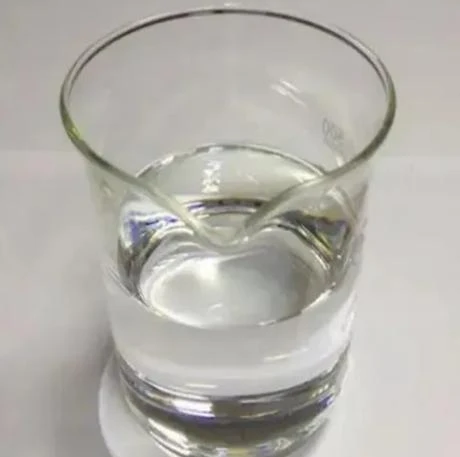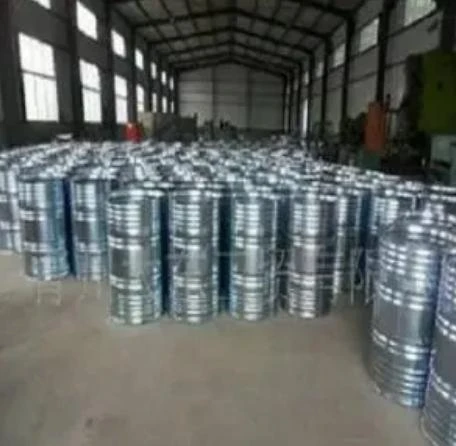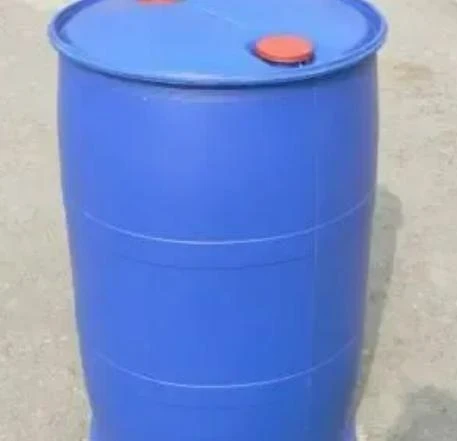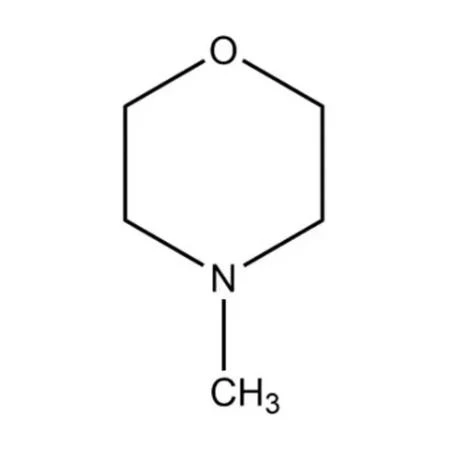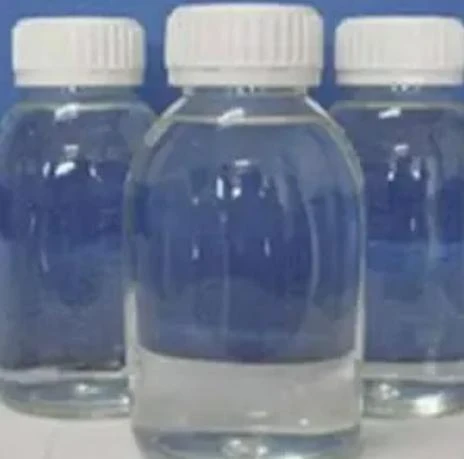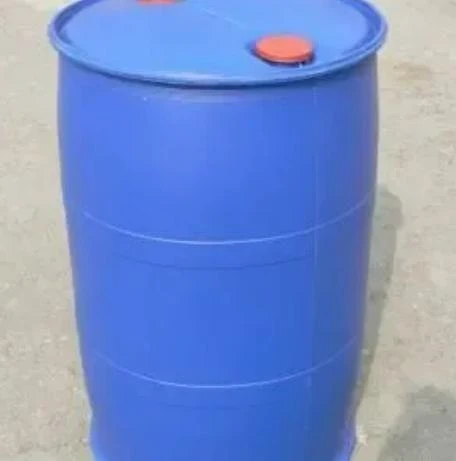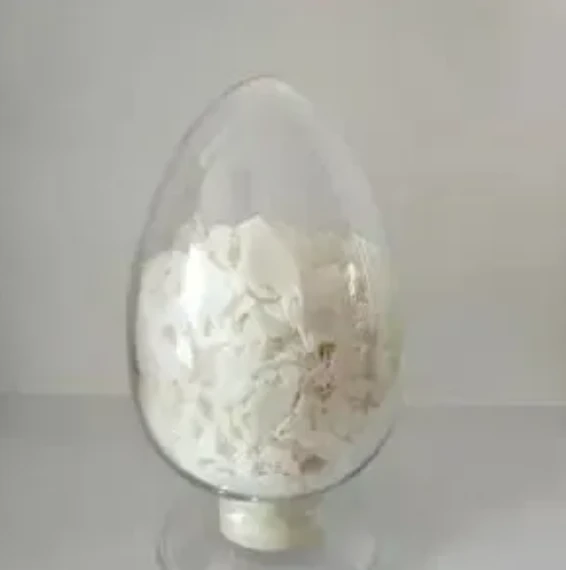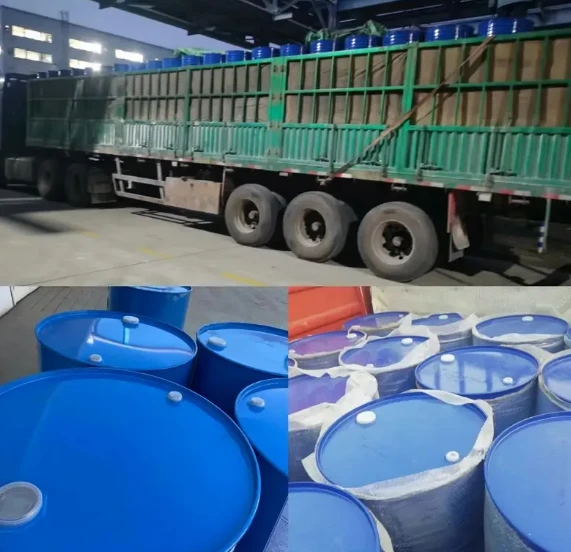Hydrogen Iodide Acid Industrial Uses & Competitive Pricing
- Fundamentals and Chemical Properties
- Technical Advantages in Industrial Applications
- Market Data and Usage Statistics
- Supplier Comparison Analysis
- Custom Formulation Options
- Industry Implementation Cases
- Forward Perspectives
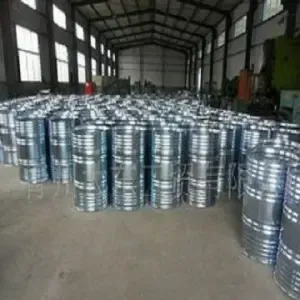
(hydrogen iodide acid)
Understanding Hydrogen Iodide Acid Fundamentals
Hydrogen iodide (HI) exists as a colorless gas that forms hydroiodic acid when dissolved in water. This strong acid possesses unique chemical properties that distinguish it from other hydrogen halides. With a pKa of approximately -10, it demonstrates stronger acidic characteristics than hydrogen bromide or hydrochloric acid. The molecular structure enables exceptional nucleophilicity, making it valuable for specialized chemical reactions. Industrial production primarily occurs through two methods: direct combination of hydrogen and iodine gases at 300-400°C, or the more efficient iodine reaction with hydrazine. Proper handling requires corrosion-resistant equipment like PTFE-lined containers due to its highly corrosive nature.
Technical Superiority in Industrial Processes
Hydrogen iodide outperforms alternative acids in specific applications due to three distinct advantages:
- Superior catalytic efficiency in pharmaceutical intermediates synthesis reduces reaction times by 40-60% compared to HBr catalysis
- Enhanced selectivity in butadiene extraction achieves 99.7% purity levels
- Reduced byproduct formation in organic synthesis creates less waste treatment burden
The acid's reducing properties enable unique applications in electronics manufacturing, particularly for etching indium tin oxide (ITO) layers with 5μm precision. Unlike sulfuric acid alternatives, HI leaves minimal ionic residue, decreasing post-processing requirements by approximately 30%.
Market Position and Utilization Metrics
Global demand for hydrogen iodide demonstrates consistent 5.2% CAGR growth (2021-2030), with current market valuation at $298.7 million according to industry reports. Regional consumption patterns reveal significant differences:
| Application Sector | Market Share (%) | Growth Rate | Average Price Range ($/kg) |
|---|---|---|---|
| Pharmaceuticals | 42.8 | 6.7% | 85-120 |
| Chemical Synthesis | 31.2 | 4.9% | 70-95 |
| Electronics | 18.5 | 8.1% | 120-180 |
| Research & Others | 7.5 | 3.2% | 150-250 |
Pricing fluctuates based on iodine feedstock costs, which constitute approximately 65% of production expenses. Recent supply chain disruptions caused spot price increases of 17-22% in Q3 2023.
Supplier Specification Comparison
Major hydrogen iodide producers maintain distinct quality parameters catering to different industry requirements:
| Manufacturer | Purity Grade (%) | Packaging | Lead Time | Metals Content (ppb) |
|---|---|---|---|---|
| GlobalChem Solutions | 99.5 | PTE drums | 2-3 weeks | < 50 |
| NovaFine Chemicals | 99.95 | Double-container | 4 weeks | < 5 |
| PrimeIodine Ltd | 99.8 | Glass ampoules | 1 week | < 20 |
Electronics-grade requirements demand the strictest contamination control, with semiconductor applications requiring metal content below 1 ppb. NovaFine's proprietary distillation technology achieves consistently lower metal impurity levels, justifying their 15-18% price premium over standard grades.
Concentration-Specific Formulation Options
Customization addresses specific application requirements through concentration variations and stabilizer integration:
- Pharmaceutical grade (47-57% concentration): Optimized for immediate reaction kinetics
- Stabilized formulations: Hypophosphorous acid addition extends shelf-life by 9-12 months
- High-purity anhydrous solutions: <3 ppm water content for moisture-sensitive reactions
Specialized packaging maintains chemical integrity, with double-walled stainless steel containers preventing degradation during transport. Environmental compliance configurations include neutralizing cartridges that transform unused acid into eco-friendly calcium iodide before disposal.
Industrial Deployment Case Studies
Leading enterprises report significant improvements using hydroiodic acid solutions:
Vertex Pharma implemented HI catalysis in their kinase inhibitor production, achieving:
- 19% reduction in step reactions
- Annual savings of $420,000 in purification costs
- Reduced catalyst consumption by 35%
A Korean display manufacturer transformed LCD production by adopting HI-based etching:
- Defect rates decreased from 12% to 2.3%
- Throughput increased by 28%
- Chemical waste volume reduced by 6,400 liters monthly
These implementations required specialized handling infrastructure investments averaging $150,000 per installation, with ROIs typically achieved within 14 months.
Advancement Pathways for Hydrogen Iodide Applications
The hydrogen iodide acid
sector shows promising innovation vectors across multiple industries. Ongoing pharmaceutical research focuses on developing HI-mediated continuous flow processes that could boost API yields by 15-20%. Energy storage applications are emerging as promising frontiers, with early battery prototypes demonstrating 30% greater charge cycles than conventional lithium technologies. Material science applications show particular promise, where HI treatment of carbon nanotubes creates conductive pathways with 90% fewer defects. These expanding applications will continue diversifying hydrogen iodide uses beyond current market expectations.
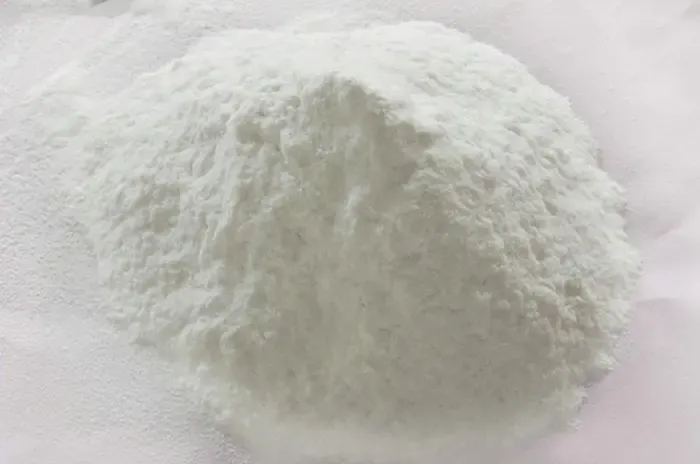
(hydrogen iodide acid)
FAQS on hydrogen iodide acid
What is hydrogen iodide acid?
A: Hydrogen iodide acid (HI) is a strong, corrosive acid formed when hydrogen iodide gas dissolves in water. It is highly reactive and commonly used in industrial and chemical processes.
What are the primary uses of hydrogen iodide acid?
A: HI is used in pharmaceuticals to synthesize iodides, as a reducing agent in chemical reactions, and in organic synthesis to produce alkyl iodides. It also aids in etching and cleaning electronic components.
How does hydrogen iodide acid compare to other acids?
A: HI is stronger than hydrochloric acid (HCl) and sulfuric acid (H₂SO₄) in certain reactions due to its high reducing capacity. However, it is less commonly used than HCl due to higher costs and handling challenges.
What factors influence hydrogen iodide acid pricing?
A: Pricing depends on purity, concentration, and quantity. Industrial-grade HI is cheaper than pharmaceutical-grade. Market demand, production costs, and regional regulations also affect prices.
Is hydrogen iodide acid safe to handle commercially?
A: HI requires strict safety measures due to its corrosive nature and toxic fumes. Proper storage in sealed containers and use of protective gear are essential. Commercial buyers must comply with hazardous material regulations.
Post time: May . 30, 2025 15:50











